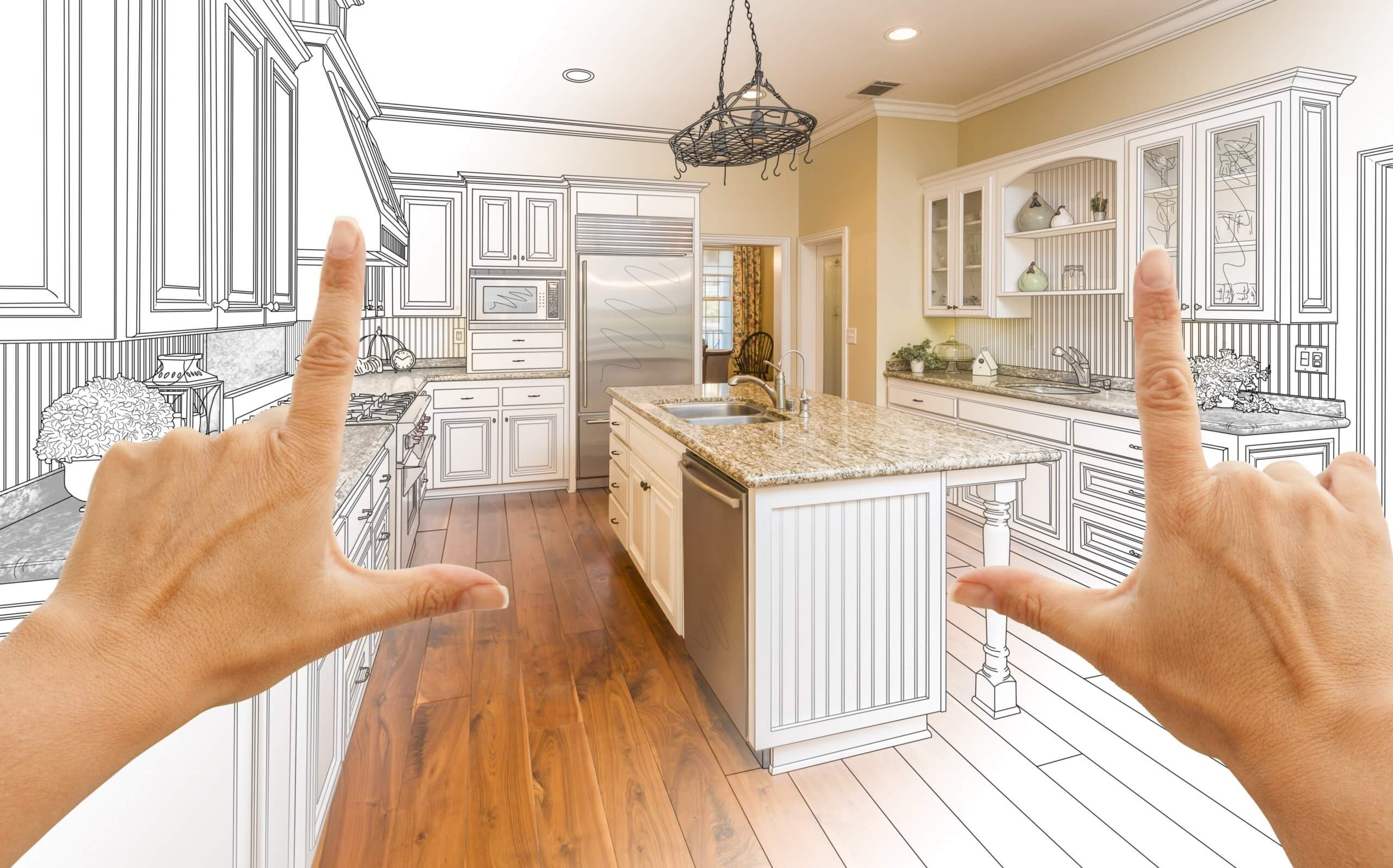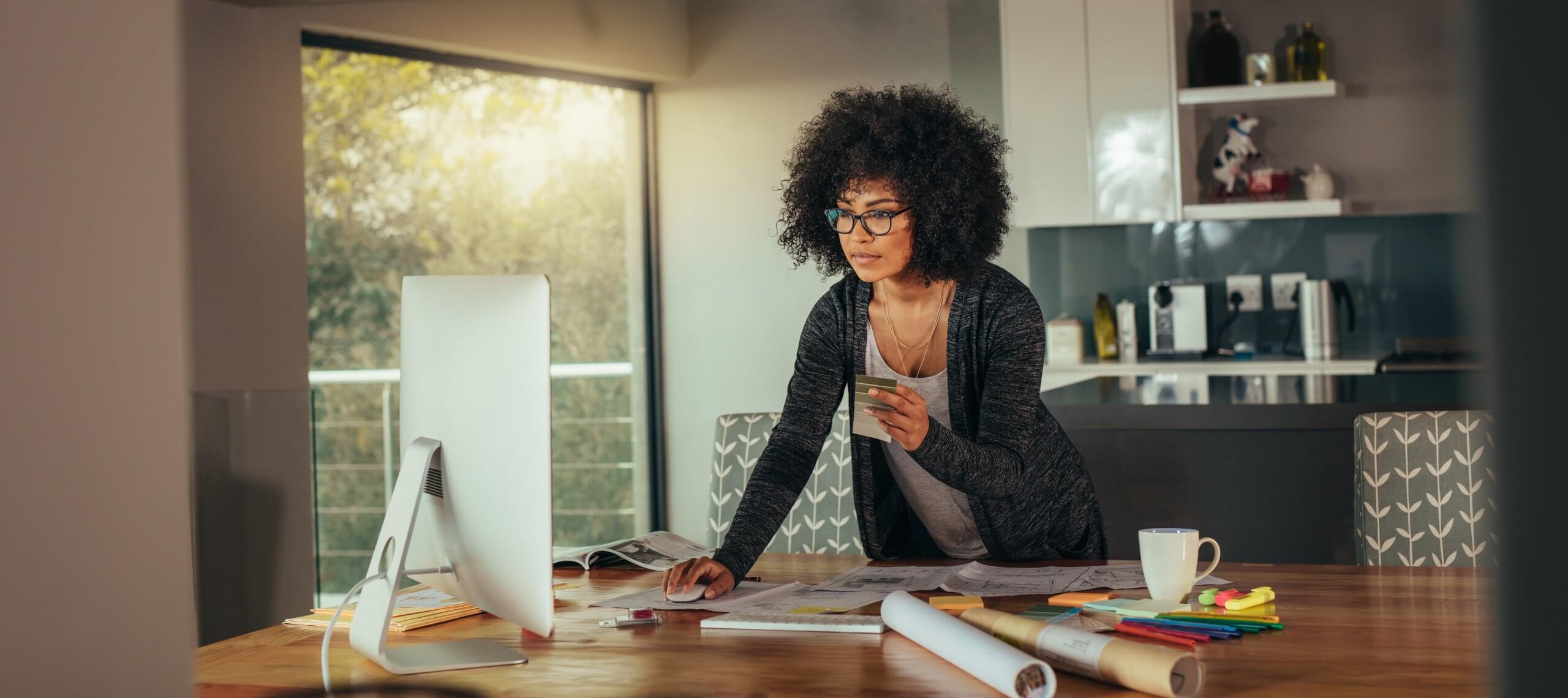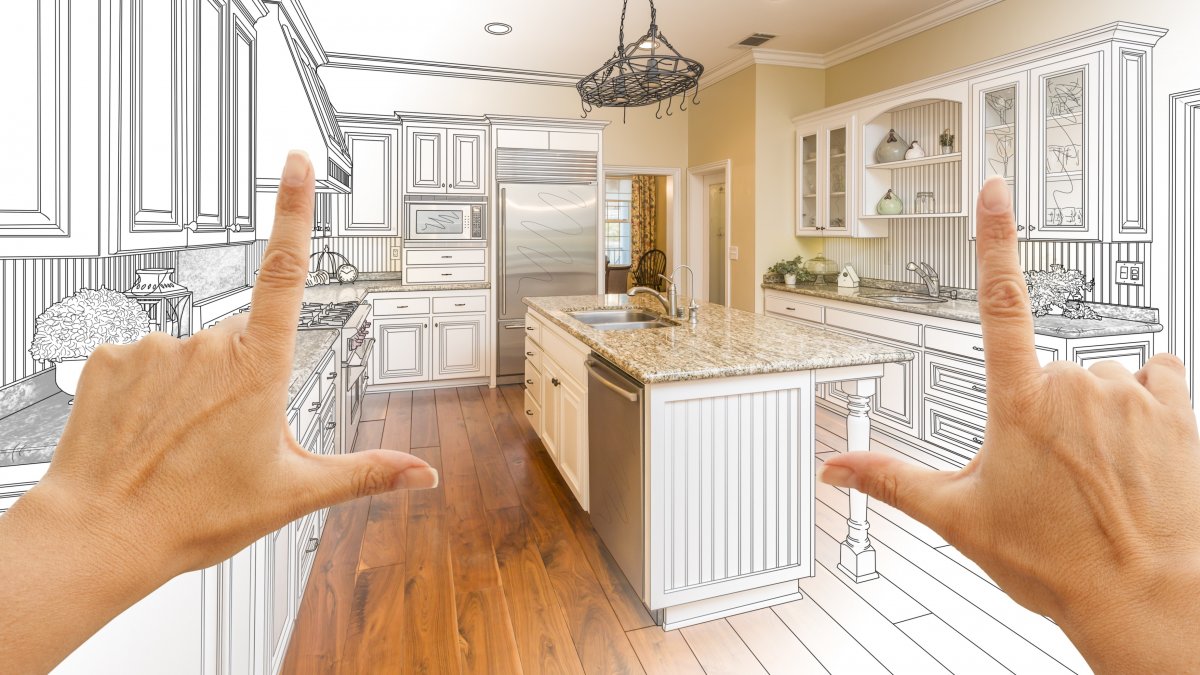
Lack of preparation can negatively affect any businessperson whether it be a manufacturer or simply selling food on Swiggy. But as a home designer, your success would depend on so much more than how you prepare against failure. Going through the list of what might go wrong throughout your career may discourage you. However, the more aware you are of the issues you might have to deal with at some point, the more chances you have of keeping your home design business afloat in the years to come.
Not sure what potential pitfalls you should watch out for? Here are 10 things that challenge many professional home designers:
1. Time Management
If you’ve been part of the home design industry even for a short time, you probably already know how essential time management is to this profession in particular. There’ll come days when you wish you could stretch the 24-hour day into something long enough to accommodate your daily to-do list.
Since you won’t be able to do that, the closest solution is to hone your time management or organizational skills. With deadlines almost always on the horizon, you’ll surely be able to put this kind of skill to good use.
2. Selling Big Ideas
Most of the time, the only place where your ideas exist in their clearest form is in your head! But knowing this should make you realize that many of the tools on the market will fall short when it comes to representing and selling your ideas.
With that said, use everything you can to help you convey your vision as clearly as possible. If you can, get software that can streamline the drafting process. Create blueprints in 3D format and furnish them using the software. That way, your potential clients will have a better understanding of what you want to happen rather than simply relying on flat drawings and mood boards (though such options do help as well). With adequate programs, you can walk into the room fully prepared to put your best foot forward.
3. Bookkeeping
Yes, this comes with the package when you become a home designer, and yes, you may not have exactly signed up for it, but that doesn’t mean it’ll go elsewhere. Someone will have to handle your books, and in most cases, if you’re just starting out, that person is going to be you.
It can all get confusing if you’re not tactical about it. Consider looking for bookkeeping software that even beginners can learn to use. This will drastically reduce the amount of time you spend on your accounting tasks.
4. Managing Your Clients’ Expectations
You’ve probably seen this before: a client has expectations as big as the universe itself, a budget that covers barely a quarter of those expectations, and a timeline that would burn you out if you adhere to it.
Your job as a home designer will include managing your clients’ expectations well and helping them know what’s realistic. This is a skill you’ll be able to perfect with time.
5. Working With Quick Turnarounds
Although some timelines can be unrealistic, generally speaking, home designers tend to work with extremely fast turnarounds—and that’s normal. Everything you’ve ever learned and what you think you already know will be tested when you have to deliver a project at maximum speed, so you have to be mentally ready to take on that challenge should it present itself.
6. Creating Timeless Styles
You don’t want your designs to be so trendy that they don’t last or end up being confined to a certain time. It would be best to consider what would happen to your design after a certain number of years have passed so you’ll know what and what not to go for.
However, trends are good in their own way, so you have to figure out how to create up-to-date designs while maintaining that timeless touch.
7. Cost Management
Your entire project can come to a halt if you miscalculate your costs in any significant way. Coming up with a budget and sticking to it can be challenging but also very rewarding if you do it right. See to it that every aspect of your project is streamlined so no money is wasted in the design process.
8. Self-Marketing
The thing about clients is that they first need to know that you exist, and requires knowledge of how to market yourself effectively, which platforms to use, and other similar matters.
Your best bet, besides advertising in your circles and letting word of mouth do its thing, is to go online and, instead of immediately creating profiles and ads on every available platform, check what others in your field are doing. A quick look into your competitors’ successes and mistakes when it comes to their posts and marketing strategies will show you what you should be doing and prioritizing in your self-promotion endeavors.
9. Remote Working

Work doesn’t just get done in the office. In fact, half the time, you might need to work from a different location.
So if you’re using specialized software that helps you work more efficiently but is accessible only in your office, working on the go could prove to be a challenge. Trying to do the same tasks that usually take you a few minutes with a particular program when you’re nowhere near your office desk can be a test of the highest proportions. An ideal solution to that issue is using cloud-based software for business management purposes.
10. Remembering To Rest
Home designers spend most of their days on their feet. A deadline or three is almost always looming. If you keep going without stopping to take care of yourself, then you’ll be putting your health in danger.
The best way to make sure you’re able to continue doing the job you love is to remember that attaining success isn’t just about beating deadlines or creating that perfect design. Getting enough rest and eating well are a must as well. A healthy body can achieve a lot more than a drained one, so take a break whenever you need it.
Conclusion
Being a professional home designer comes with its fair share of challenges. If your goal includes being the best in your field or at least growing your portfolio, then you’ll do well by anticipating the challenges that might come with your profession and having a plan for how to deal with them. This article can serve as your checklist whether you’re already a home designer or preparing to be one.
Ava Clarkson
Related posts
Stay connected
Today's pick
- Safety Essentials Every CNC Operator Should Follow DailyCNC machining demands precision, consistency, and discipline—but above all, it requires strict attention to safety. Whether you’re working with mills, lathes, routers, or grinders, every machine has the potential to cause serious injury if mishandled. That’s why CNC operators must follow safety protocols daily, no... The post Safety Essentials Every CNC Operator Should Follow Daily […]

